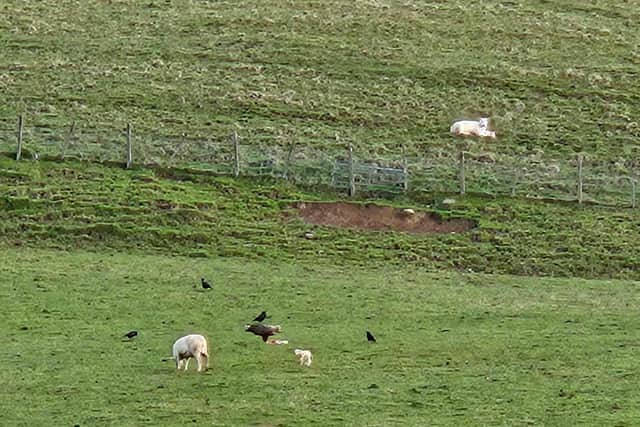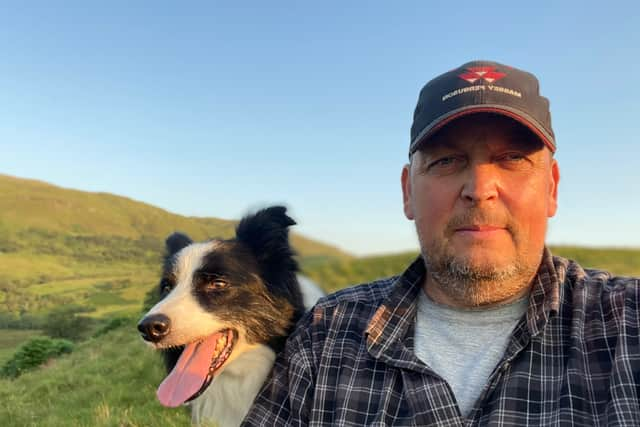Sea eagle damage fund sees applications rise as calls ramp up for better Scotland long-term plan
Scotland’s sea eagle population increase has seen applications for a fund to support farmers and crofters with predation costs rise by more than 10 per cent amid calls for a better long-term plan.
NatureScot’s Sea Eagle Management Scheme (SEMS) extends support for livestock owners whose lambs are preyed on by the apex predator. The sea eagle, otherwise known as the white-tailed eagle, was reintroduced in the 1970s on the Isle of Rum on the west coast.
The reintroduction of the species, which had been driven to extinction from persecution, has been hailed as a success story given the growth in the population of the birds. Rewilding Britain claim today there are some 152 pairs of sea eagles in Scotland.
But with the rising population of the UK’s largest bird of prey, which has a wingspan that can reach up to 8ft, come consequences for livestock farmers.
The SEMS saw a further 21 applications this year, which has brought the total number of famers using the scheme to 206. NatureScot said it recognises sea eagles can cause economic impacts to farms and crofts.
A spokesperson for the government agency said: “We expect more interest in the scheme as sea eagles increase in number and move to new areas, and we encourage farmers and crofters to come to us for advice and support.”
The birds were reintroduced on the west coast, but pairs are taking residency further inland, including the Cairngorms, and to the east coast of the country.
John Fyall, who farms near Dingwall, in the east of the Highlands, is one of the first people to have captured a sea eagle killing a lamb on camera.


The area is a new territory for the bird, which he said points to how much they are expanding across the country.
Mr Fyall told The Scotsman while the bird was an impressive sight, he had lost up to 40 lambs this year alone to sea eagle predation. He said: “This an area which has a lot of farmland and is under full daylight observation.
“We’re not talking about lambs being maybe abandoned by their mum and being taken by the eagles from a far away hillside. These birds aren’t scared, and they’re expanding into areas where there’s a lot of farming.
“NatureScot has been responsive in some ways, but we don’t have a long-term plan for this, and the birds are just increasing in numbers and moving into new territories.”
Earlier, the Scottish Government announced up to £400,000 had been allocated to the SEMS to help farmers explore different management techniques and trial new prevention measures.
Argyll hill farmer David Colthart, chair of the Argyll and Lochaber Sea Eagle Stakeholder group, said while he welcomed the funding, lambing season was already in full swing, which meant the support was a little too late for some farmers.


He said: “The issue of the birds is getting worse - the population is increasing exponentially. We are asking NatureScot to revise the SEMS to make it more bespoke for the heavily impacted areas. Where the impact is great, the funding is not sufficient.
“There were 21 new applicants coming to it this year, so it has to be tailored to more applicants coming in. From January 1 next year, there needs to be a new, reviewed scheme in place to support the increase in farmers seeing the impact of these birds.”
Comments
Want to join the conversation? Please or to comment on this article.
